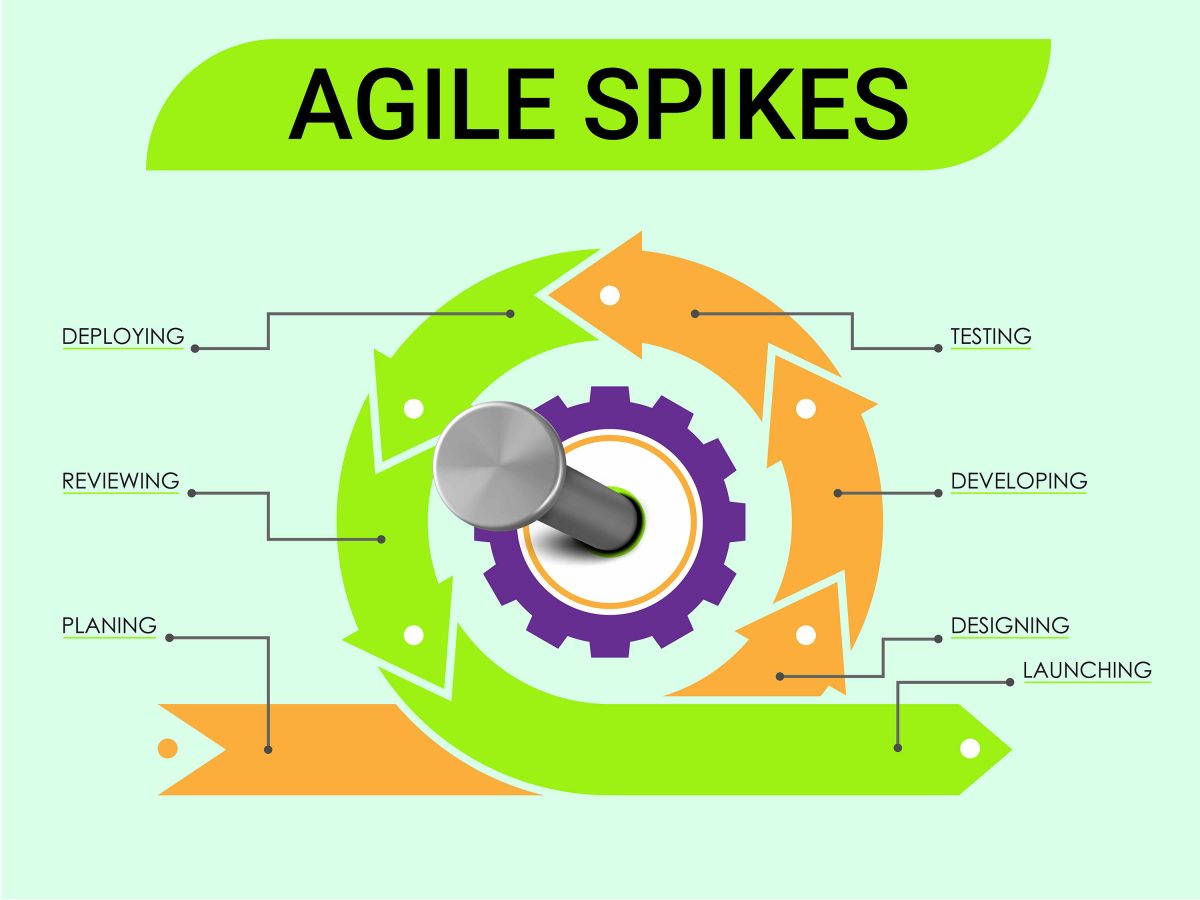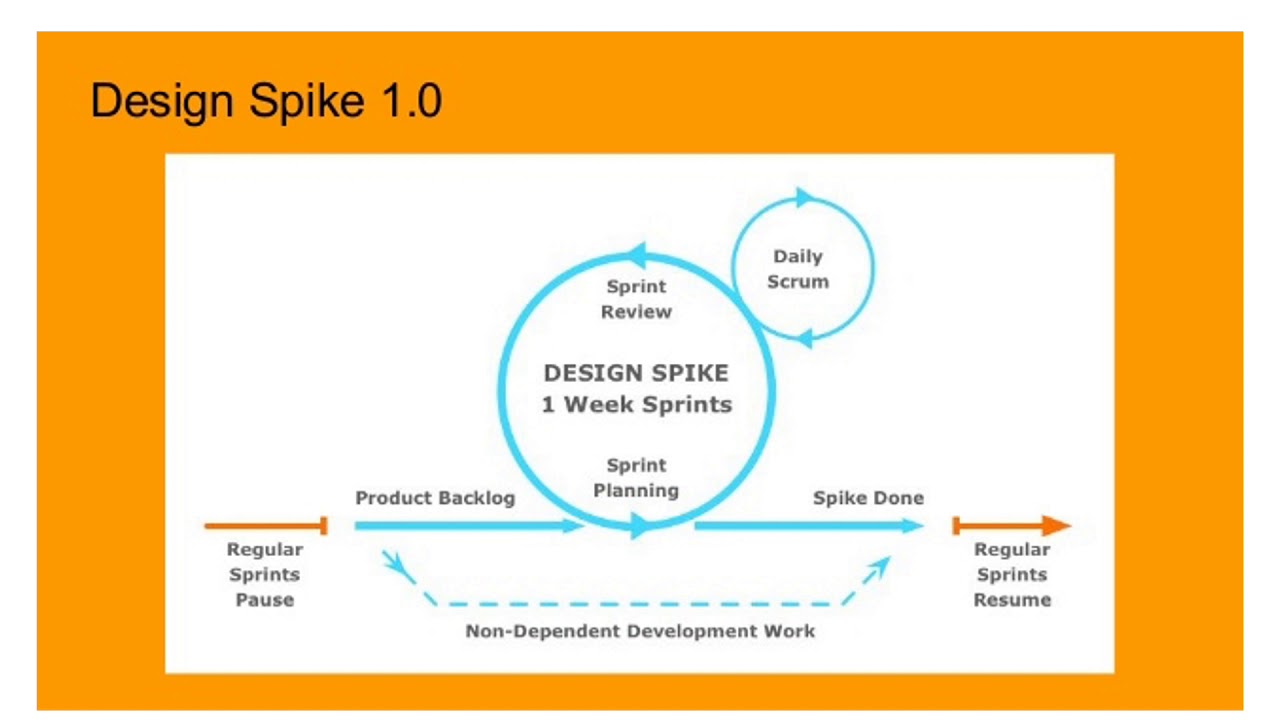Kicking off with spike in software development, this opening paragraph is designed to captivate and engage the readers, providing an overview of the sudden increases in software development activities and the impact they have on projects. From unexpected boosts in workload to the need for efficient management strategies, spikes in software development can present unique challenges that require proactive solutions.
Overview of Spike in Software Development

When we talk about a spike in software development, we are referring to a sudden increase in the amount of work or effort required to complete a particular task or project. These spikes can occur due to various reasons and can have a significant impact on the overall progress and timeline of a development project.
There are several common reasons why spikes in software development may occur. One of the main reasons is when new requirements or changes are introduced midway through a project, leading to additional work that was not initially anticipated. This can result in a sudden surge in the workload for developers and require them to adjust their plans and priorities accordingly.
Examples of Scenarios where Spikes in Software Development Occur
- Emerging Technologies: Introducing new technologies or tools into a project can sometimes lead to unexpected challenges and delays, causing a spike in development efforts.
- Bug Fixes: Discovering critical bugs or issues in the software late in the development cycle can require immediate attention and lead to a spike in debugging and testing activities.
- Integration Challenges: When integrating different components or systems, conflicts and compatibility issues may arise, causing a sudden increase in the complexity of the development process.
Impact of Spike in Software Development

When spikes occur in software development, they can have a significant impact on project timelines. These unexpected surges in work can lead to delays in delivery, causing a ripple effect on the overall schedule of the project.
Managing spikes in software development poses several challenges for project teams. One of the main difficulties is the sudden increase in workload, which can strain resources and lead to burnout among team members. Additionally, spikes can disrupt the flow of development, making it harder to maintain consistency and quality in the deliverables.
To mitigate the impact of spikes in software development, project managers can implement several strategies. One approach is to prioritize tasks and focus on the most critical components to ensure that essential features are delivered on time. Another strategy is to allocate resources effectively, redistributing workloads to prevent bottlenecks and ensure a smooth workflow. Additionally, maintaining open communication within the team and with stakeholders can help in managing expectations and adapting to changes caused by spikes.
Effective Strategies for Mitigating the Impact
- Establish clear priorities and focus on critical tasks to ensure timely delivery of essential features.
- Allocate resources effectively to prevent bottlenecks and maintain a smooth workflow during spikes.
- Maintain open communication within the team and with stakeholders to manage expectations and adapt to changes caused by spikes.
Strategies for Handling Spike in Software Development
When facing spikes in software development, it is crucial to have effective strategies in place to manage the sudden increase in workload and ensure successful project delivery.
Best Practices for Preparing for Spikes in Software Development
- Anticipate potential spikes by analyzing historical data and identifying patterns that may lead to sudden increases in work.
- Establish clear communication channels within the team to quickly address any spikes and allocate resources accordingly.
- Implement a flexible project management approach that allows for adjustments in timelines and priorities when spikes occur.
- Regularly review and update project schedules to accommodate potential spikes and ensure realistic delivery timelines.
Agile Methodologies for Addressing Spikes in Software Development
- Utilize iterative development cycles in Agile methodologies to quickly respond to changes and adapt to spikes in software development.
- Break down projects into smaller, manageable tasks to increase flexibility and enable the team to focus on high-priority items during spikes.
- Hold regular stand-up meetings to discuss progress, address any issues, and reassign resources as needed to handle spikes effectively.
Insights on Resource Allocation During Spikes in Software Development
- Identify key team members with specialized skills who can be allocated to critical tasks during spikes to ensure efficient problem-solving and timely delivery.
- Consider leveraging external resources or outsourcing certain tasks during spikes to alleviate the workload on the internal team and maintain project momentum.
- Implement a transparent resource allocation process to ensure that team members are aware of their responsibilities during spikes and can collaborate effectively to overcome challenges.
Tools and Technologies for Managing Spike in Software Development
When faced with spikes in software development, having the right tools and technologies can make a significant difference in handling the challenges efficiently. Let’s explore some of the key resources that can assist in managing spikes effectively.
Software Tools for Spike Management, Spike in software development
Utilizing software tools designed for project management, such as Jira, Trello, or Asana, can help in organizing tasks, tracking progress, and allocating resources during spikes in software development. These tools provide visibility into the project status, facilitate collaboration among team members, and enable quick adjustments to accommodate changing priorities.
Role of Automation in Spike Management
Automation plays a crucial role in managing spikes by streamlining repetitive tasks, reducing manual errors, and improving overall efficiency. Continuous integration and deployment (CI/CD) tools like Jenkins or GitLab automate the build, test, and deployment processes, allowing teams to deliver software updates quickly and consistently, even during spikes.
Technologies for Handling Spikes
- Cloud Computing: Leveraging cloud platforms such as AWS, Azure, or Google Cloud can provide scalability and flexibility to accommodate sudden increases in workload during spikes.
- Containerization: Technologies like Docker and Kubernetes enable the isolation of applications and services, making it easier to deploy and manage software components, especially when dealing with fluctuating demands.
- Monitoring and Alerting Tools: Implementing monitoring tools like Prometheus or New Relic helps in detecting performance issues, bottlenecks, or failures promptly, allowing teams to address them before they escalate during spike periods.
Closing Summary

In conclusion, navigating through spikes in software development requires a combination of foresight, adaptability, and resource management. By understanding the causes behind these spikes and implementing effective mitigation strategies, teams can successfully navigate through these challenging periods and deliver projects efficiently.
Top FAQs
What is the main reason behind spikes in software development?
Spikes in software development often occur due to sudden changes in project requirements, unexpected bugs, or shifts in market demands.
How can agile methodologies help address spikes in software development?
Agile methodologies promote iterative development, allowing teams to adapt quickly to changes and effectively manage spikes in software development.
